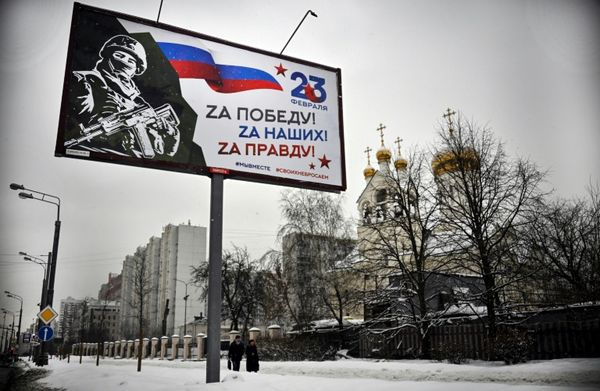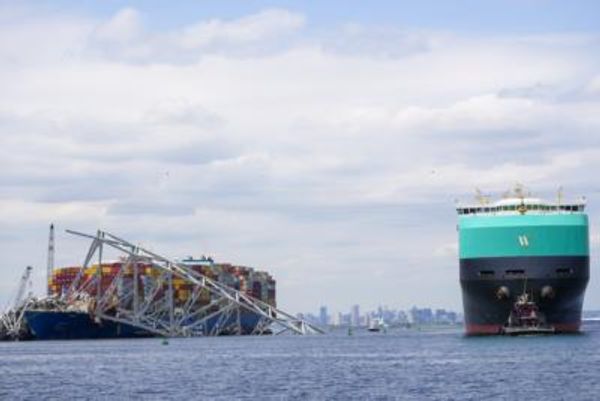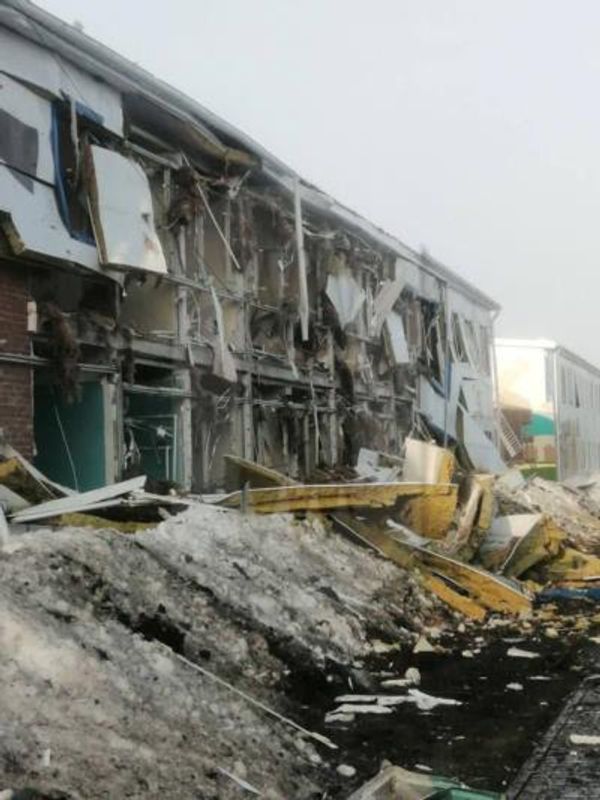
The recent devastation that Pakistan is facing owing to the flood that has taken over their list of woes is not just resultant of weather change but a significant rise in glacier melting in Himalayas. The snow and ice on Himalayas and its Glaciers are melting which has caused floods in Pakistan and droughts in China.
“The heat waves this year and the massive floods in Pakistan are a warning," said Azam, the Indian glaciologist to Bloomberg, “This is the point at which we human beings simply have to turn back.’’
Pakistan flood
Pakistan this year witnessed a 400% increase in average rainfall in areas like Baluchistan and Sindh with over 20 dams breaching their thresholds.
The continuous melting of ice and snow in the Himalayas has led to 30 million people being affected in Pakistan, submerging not just farmlands but also cities. When the earth heats up, more water evaporates and is captured in the atmosphere, creating drought and, when it finally rains, a torrent. In Pakistan, which already gets annual monsoon downpours, it means severe flooding will become more frequent. The period from January to July 2022 was the sixth-warmest start to a calendar year for the globe in records going back 143 years, according to the US National Centers for Environmental Information.
The glacial melt has added to severe monsoon rainfall driven by a warming Arabian Sea and the weather-warping effects of La Nina, creating what Pakistani officials have called a “climate catastrophe." That deluge is just the beginning, however.
What glacial melt in Himalayas could hold for India
-The glacial melt in Himalayas is way more than scientists had anticipated. The record heatwave planet Earth witnessed this year has resulted int he increased glacial melt on the Alps for Europe and Himalayas for the Asian countries
-Himalayas are also the largest reserve of frozen freshwater after North and South poles. Global warming is accelerating the loss of Himalayan glaciers, destabilizing a fragile system that’s helped regulate the earth’s atmosphere and key water cycles for millennia.
-Researchers at the Indian Institute of Technology (IIT), Indore have recorded extreme melting in the Himalayan glaciers due to intense summer and heatwaves earlier this year. They have been tracking the extent of snow cover, ice formations, and discharge from seasonal snowmelt for over 15 years.
"We had installed it in June and by August we couldn't even find the remnants. We had an intense heat wave in early summer when temperatures in March and April broke 100-year records. And we have had resulting glacial melt. Our team was on a glacier last week and we have seen record-breaking melt in the Himalayas," Mohammad Farooq Azam, a glaciologist at IIT Indore told Bloomberg.
-Glaciers are made of layers of compressed snow that move or “flow" due to gravity and the softness of ice relative to rock. A glacier’s “tongue" can extend hundreds of kilometers (miles) from its high-altitude origins, and the end, or “snout," can advance or retreat based on snow accumulating or melting.
-A previous study conducted by IIT Indore in 2021 revealed melting of glaciers and snow are important components in the region and if it continues through the century, it may one day stop supplying water altogether. While the melting glaciers fulfill the water requirements of more than a billion people in the region, an intense melt could also lead to water shortages in the future.
-Researchers last year also estimated that the glaciers have lost around 40 per cent of their area, shrinking from a peak of 28,000 square kilometers to around 19,600 sq kilometers in 2021. During that period they also lost 390 cubic kilometers of ice.
-The Himalaya, Karakoram, and Hindu Kush mountain ranges contain almost 55,000 glaciers that feed river systems on which more than 1.3 billion people rely. India has 16,627 glaciers which have also started melting at an alarming rate. If 7000 glaciers could reign catastrophe on Pakistan, India could be headed for a doom.
Record-breaking glacial melt in the Himalayas
The scientists from IIT Roorkee told Bloomberg, “We had an intense heat wave in early summer when temperatures in March and April broke 100-year records. And we have had resulting glacial melt. Our team was on a glacier last week and we have seen record-breaking melt in the Himalayas."
-The plethora of natural disasters that has plagued the countries all over the world are a clear warning sign that India could soon be at the receiving end of brutal natural disasters if we don't turn back Now.
(With inputs from agencies)







